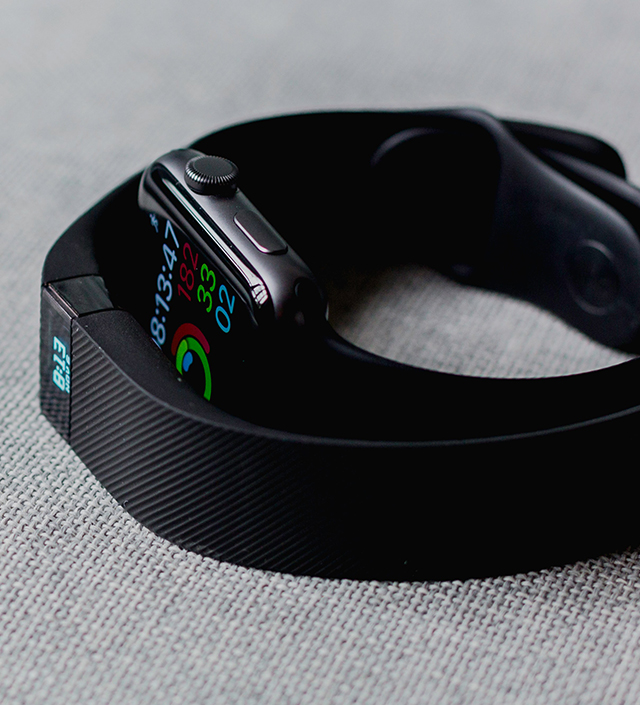Do you look forward to an afternoon walk around your neighborhood? Or maybe even a walk in a local park? It’s good exercise and it is also critical to emotional well-being, but many people worry about not being able to move around as well when they get older.
The fact is older adults who lose their mobility are less likely to remain living at home; have higher rates of disease, disability, hospitalization, and death; and have poorer quality of life, according to research from the National Institute on Aging (NIA).
Researchers supported by the NIA are identifying risk factors for physical disability and developing and testing ways to prevent or reverse loss of mobility to help older adults maintain independence.
“One of our goals is to continue focusing on research aimed at maintaining independence in mobility in old age,” said Dr. Sergei Romashkan, chief of the NIA Division of Geriatrics and Clinical Gerontology Clinical Trials Branch, in a recent release.]
People who don’t get much physical activity or exercise are more likely to experience mobility loss as they age, research shows. Many older men and women are spending too much time sitting either in an office or at home, and researchers are working to accumulate scientific evidence on the topic so guidelines can be developed on how best to interrupt sedentary behavior.
Not only that, but two-thirds of people discharged from the hospital face new difficulties with activities of daily living and can’t take care of themselves, says NIA. One NIA-supported study, CAPABLE (Community Aging in Place, Advancing Better Living for Elders), is a home-based program that has been effective in increasing mobility, functionality, and the capacity to “age in place” for low-income older adults.
Over five months, participants work with a registered nurse who visits their home three to four times and an occupational therapist who visits four to six times. CAPABLE also features a home-repair service person who performs up to $1,300 in repairs and modifications. Participants who qualify don’t pay for services or repairs; the costs of about $3,000 per person are covered by the program’s organization.
About 2,500 older adults have participated in CAPABLE, which is offered through 31 organizations in 15 states in the United States and Australia.
Although many studies show regular exercise improves physical performance, little is know about whether exercise can actually help prevent major mobility disability, defined as the inability to walk a quarter of a mile.
Through the Lifestyle Interventions and Independence for Elders (LIFE) study, researchers have been assessing whether a long-term structured physical activity program was more effective than a health education program in reducing the risk of major mobility disability in older adults who lived a sedentary lifestyle.
The study included 1,635 participants aged 70 to 89 who were randomly assigned to a structured, moderate-intensity physical activity program, or to a health education program of workshops on topics relevant to older adults. Racially and ethnically diverse participants at high risk for disability were recruited from eight university centers across the United States. All the participants were able to walk about a quarter of a mile in a screening test, and the study’s objective was to maintain this ability.
Results showed that over 2.6 years, the physical activity program reduced the risk of major mobility disability by 18 percent compared with the health education program. “The intervention was not only effective in preventing mobility disability, but it was also cost-effective,” said Dr. Marco Pahor, principal investigator of the LIFE study, director of the Institute on Aging at the University of Florida in Gainesville, and chair of aging and geriatric research at the university’s College of Medicine. “Those who started with the poorest function benefitted the most from the physical activity program. The results also showed perceived benefits in walking speed and physical performance scores,” meaning people felt they were getting benefits beyond what the study could actually measure.
Dr. Jack M. Guralnik, co-principal investigator for the study and a professor in the Department of Epidemiology and Public Health, Division of Gerontology, at the University of Maryland School of Medicine in Baltimore, stressed more older adults need to exercise. “The biggest challenge is being able to motivate people to exercise and then sustain physical activity, especially if they have mobility and functional problems,” he said.
A third study, launched by researchers at the University of California, San Diego (UCSD), aims to develop more rigorous and comprehensive evidence on how best to reduce extended sitting time for premenopausal women. The Sedentary Time and Aging Research (STAR) program is investigating novel mechanisms important for healthy aging, as well as behaviors such as standing and brief sit-to-stand transitions that expend little energy but engage muscles, improve postural blood flow, and may impact physical functioning in older adults.
“There is epidemiological evidence that sitting too much has negative effects on diabetes, mortality and physical function, and is associated with adverse outcomes,” said John Bellettiere, an assistant professor of epidemiology in the Department of Family Medicine and Public Health and co-director of the epidemiology curriculum of the Clinical Research Enhancement through Supplemental Training (CREST Program) at UCSD. “In our most recent research, we have seen reduced mortality risk among older women — 37 percent — with higher rates of standing. The lower mortality risk was observed just by replacing sitting with standing still — our participants did not have to move around, although when they did walk around while standing, the reduction in mortality risk was even larger.”







